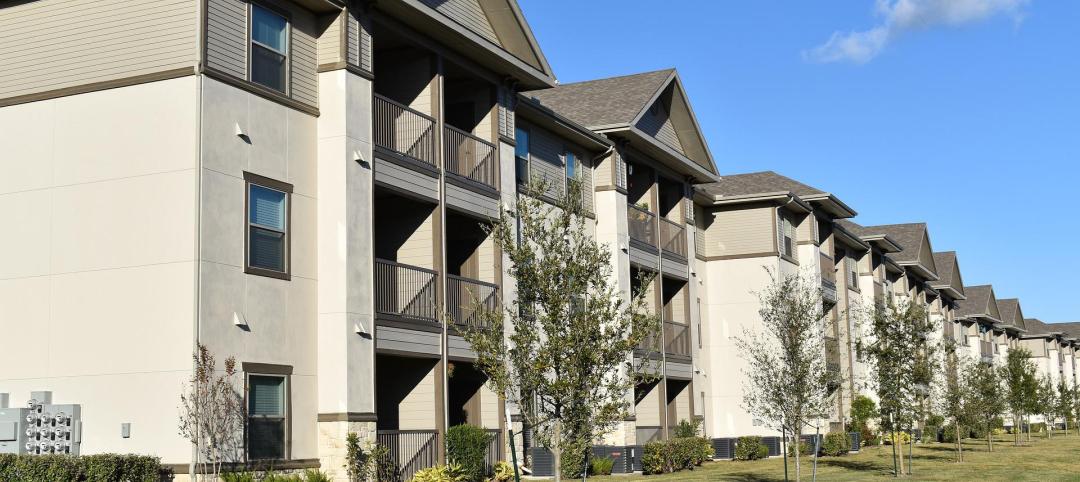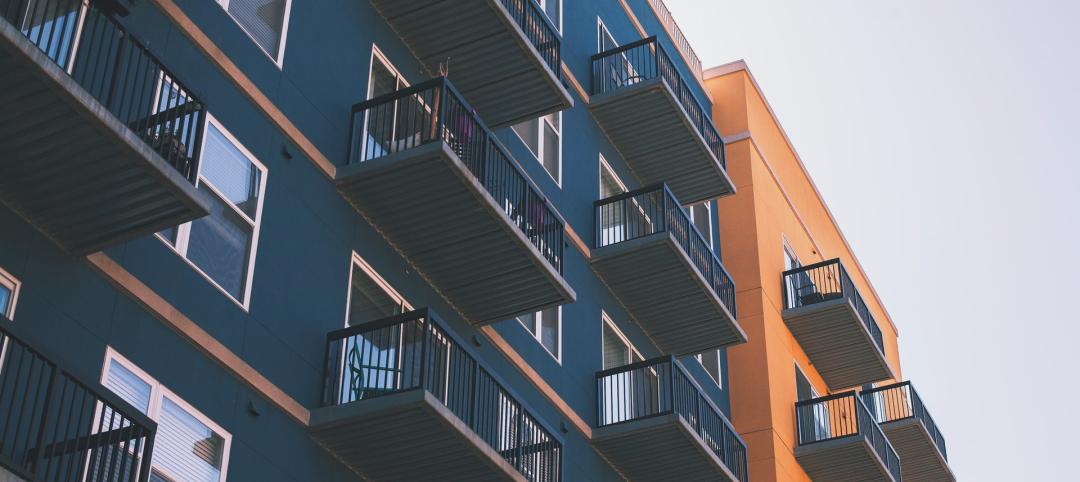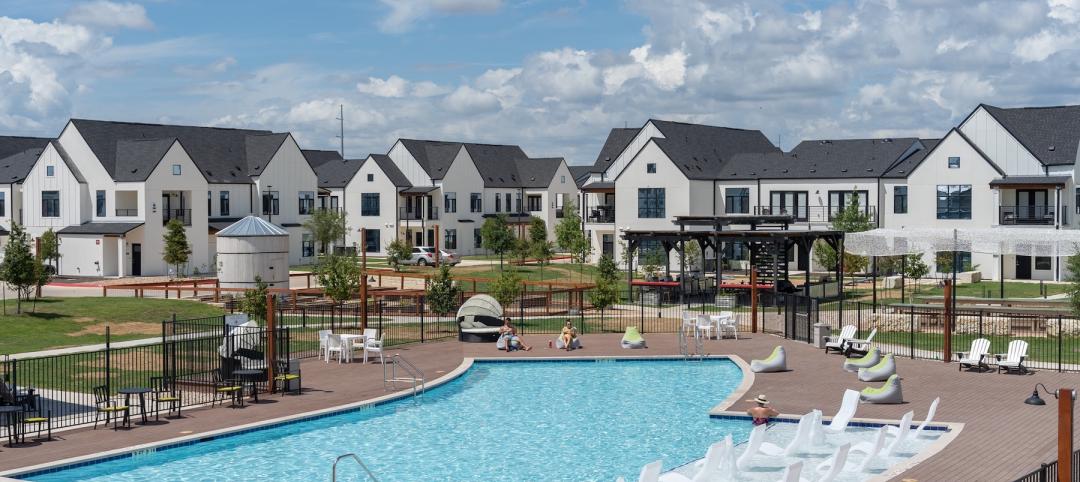Following an intense winter season, the Associated Builders and Contractors' Construction Backlog Indicator (CBI) revealed a 3.2% decline during the first quarter of 2015.
According to ABC, construction firms across the country reported a revenue-weighted average CBI of 8.4 months, 0.3 months below the final quarter of 2014.
The Northeast saw its backlog decline by 10.2%, a change of 1.04 months from the fourth quarter of last year. The Middle States reported a 0.7% decline to 0.05 months in construction backlog and the West experienced a 25.3% drop or 1.88 months. The South was the only region to report an increase in construction backlog as it rose 5.9% or 0.55 months.

"Weather and a myriad of other factors always make the first quarter CBI difficult to interpret," said ABC Chief Economist Anirban Basu. "A brutal winter may have postponed project-related work, including the signing of contracts. The first quarters of 2012 and 2014 also experienced CBI declines that effectively were reversed during the ensuing second quarters."
Additionally, sharp reductions in oilfield investment affected companies in the Middle States while the West Coast port slowdown impacted firms on the western side of the country. However, the backlog should re-establish an upward trend as the year's warmer months approach and ports return to normal.
Despite the backlog decline, continued job growth, low fuel prices, and wage gains are expected to lead to an increase in consumer spending.

Related Stories
Mass Timber | Aug 30, 2022
Mass timber construction in 2022: From fringe to mainstream
Two Timberlab executives discuss the market for mass timber construction and their company's marketing and manufacturing strategies. Sam Dicke, Business Development Manager, and Erica Spiritos, Director of Preconstruction, Timberlab, speak with BD+C's John Caulfield.
Giants 400 | Aug 29, 2022
Top 50 Senior Living Facility Contractors + CM Firms for 2022
Whiting-Turner, Ryan Companies US, W.E. O'Neil Construction, and KBE Building Corp. top the ranking of the nation's largest senior living facility contractors and construction management (CM) firms for 2022, as reported in Building Design+Construction's 2022 Giants 400 Report.
Giants 400 | Aug 29, 2022
Top 40 Student Housing Facility Contractors + CM Firms for 2022
J.H. Findorff & Son, PCL Construction Enterprises, Juneau Construction, and Sundt Construction top the ranking of the nation's largest student housing facility contractors and construction management (CM) firms for 2022, as reported in Building Design+Construction's 2022 Giants 400 Report.
| Aug 29, 2022
Montana becomes first U.S. state to approve 3D printing in construction
Montana is the first U.S. state to give broad regulatory approval for 3D printing in building construction.
| Aug 26, 2022
Idaho Building Code Board considers gutting large part of state energy code
Idaho Building Code Board considers gutting large part of state energy code.
Giants 400 | Aug 25, 2022
Top 100 Apartment and Condominium Contractors for 2022
Clark Group, Suffolk Construction, AECOM, and Lendlease top the ranking of the nation's largest apartment and condominium contractors and construction management (CM) firms for 2022, as reported in Building Design+Construction's 2022 Giants 400 Report.
University Buildings | Aug 25, 2022
Higher education, striving for ‘normal’ again, puts student needs at the center of project planning
Sustainability and design flexibility are what higher education clients are seeking consistently, according to the dozen AEC Giants contacted for this article. “University campuses across North America are commissioning new construction projects designed to make existing buildings and energy systems more sustainable, and are building new flexible learning space that bridge the gap between remote and in-person learning,” say Patrick McCafferty, Arup’s Education Business Leader–Americas East region, and Matt Humphries, Education Business Leader in Canada region.
| Aug 25, 2022
New York City’s congestion pricing aims to reduce traffic, cut carbon
Officials recently released an environmental assessment that analyzes seven different possible pricing schemes for New York City’s congestion pricing program.
Sponsored | BD+C University Course | Aug 24, 2022
Solutions for cladding performance and supply issues
This course covers design considerations and cladding assembly choices for creating high-performance building envelopes — a crucial element in healthy, energy-efficient buildings.
| Aug 24, 2022
California’s investment in ‘community schools’ could transform K-12 education
California has allocated $4.1-billion to develop ‘community schools’ that have the potential to transform K-12 education.

















